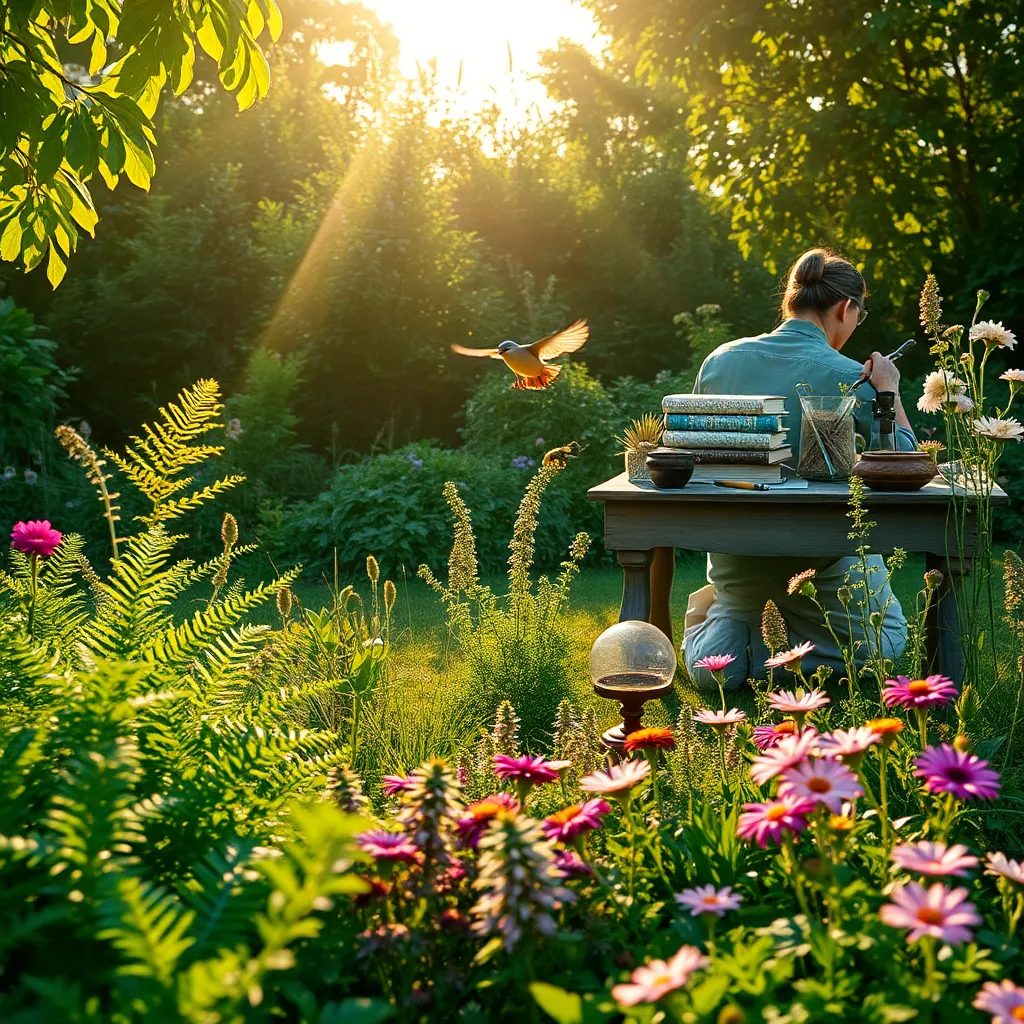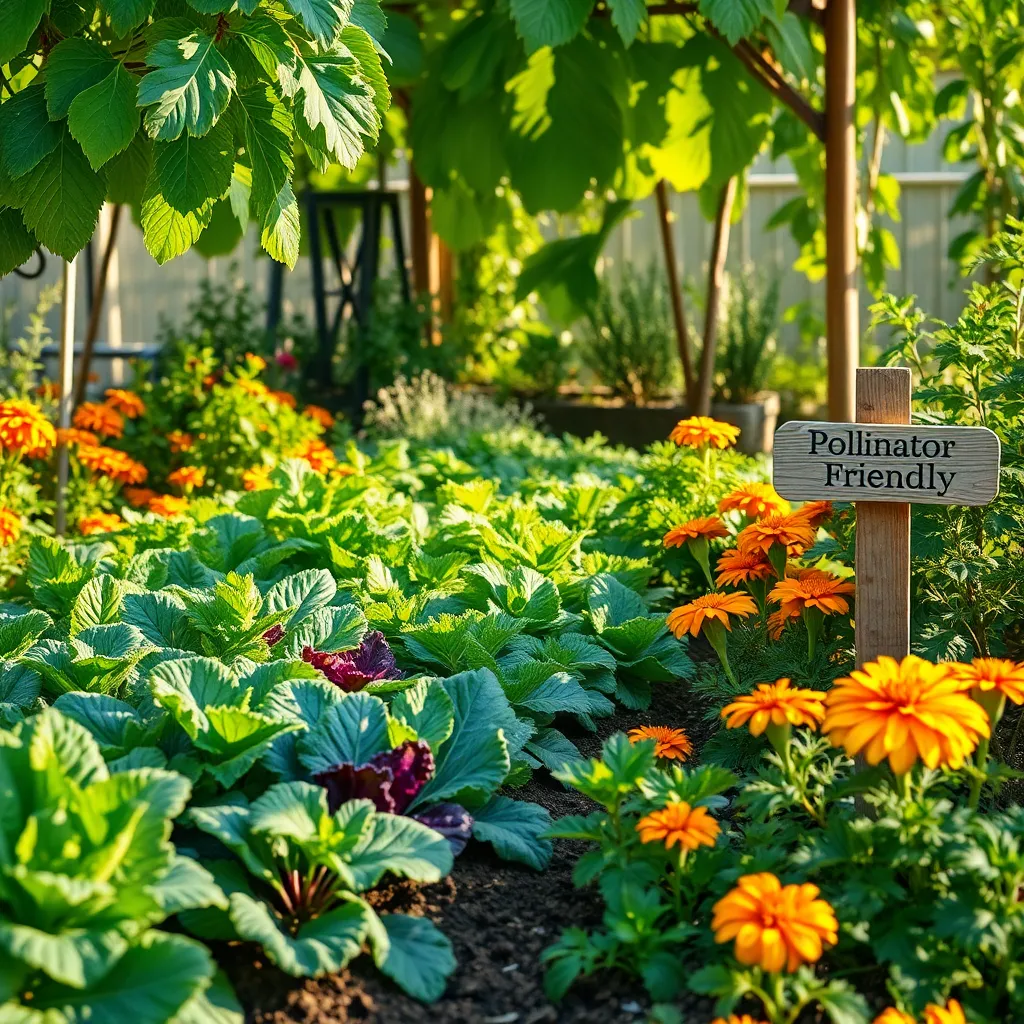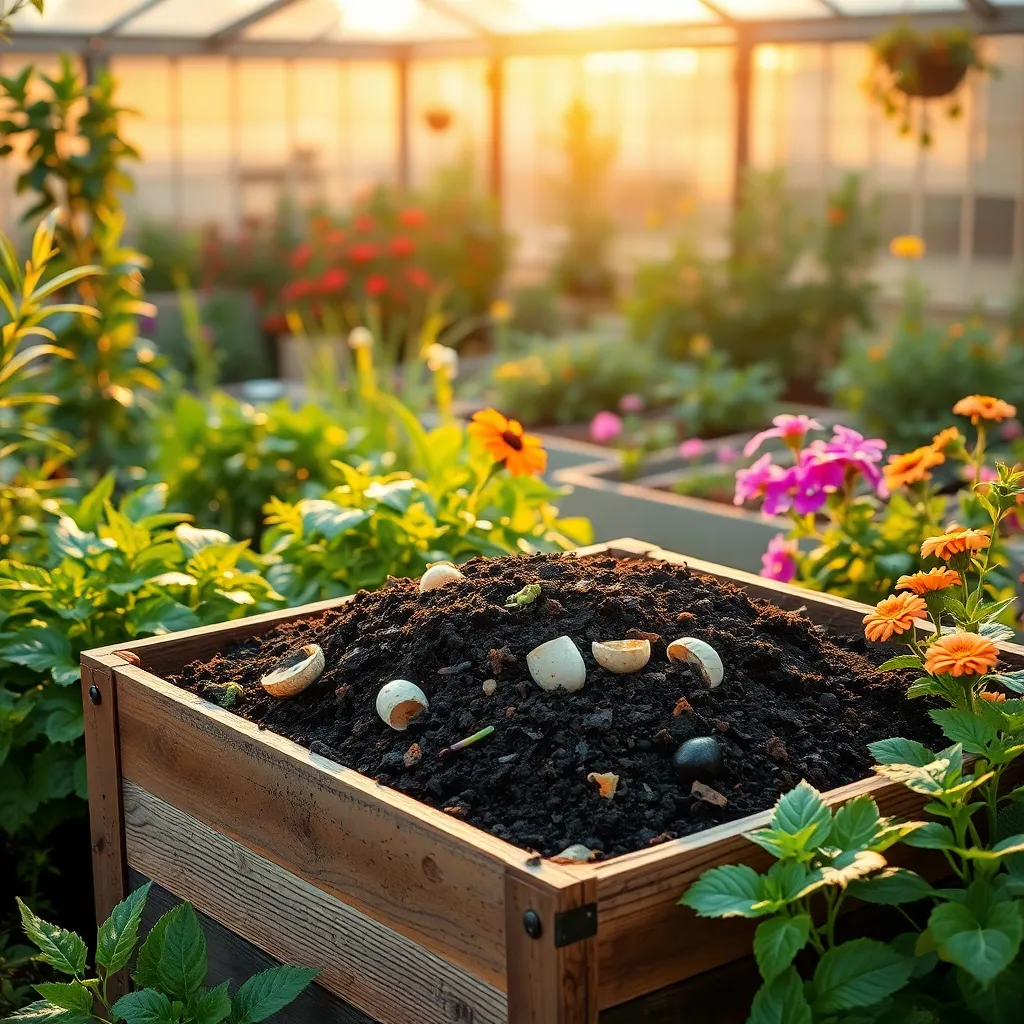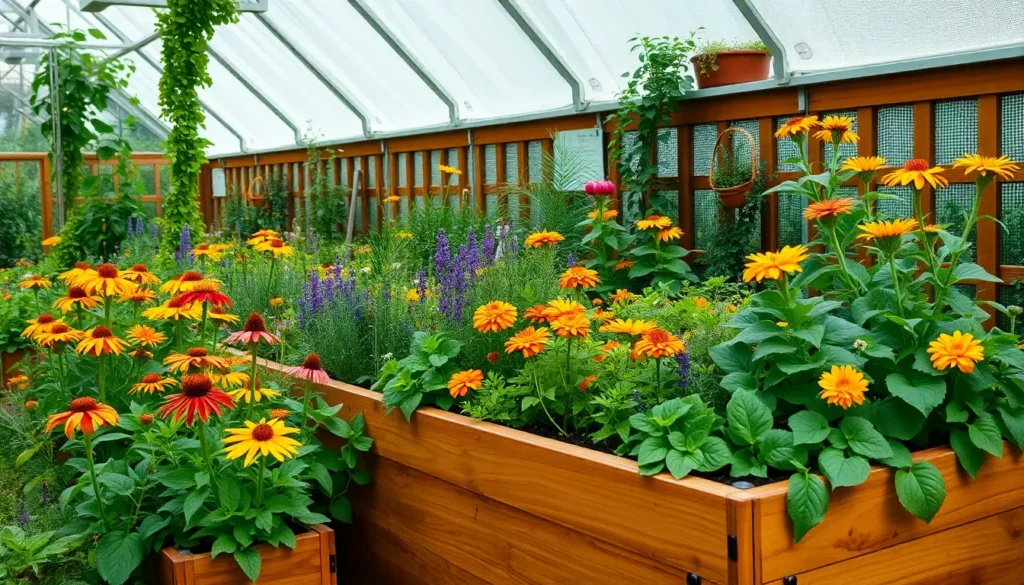In today’s world, where sustainability is more crucial than ever, transforming your garden into an eco-friendly haven is both a rewarding and impactful endeavor. Whether you’re a novice gardener just starting to dig in or a seasoned green thumb ready to elevate your outdoor space, making environmentally conscious choices can make a significant difference. By embracing practices that harmonize with nature, you’ll not only enhance your garden’s health but also contribute positively to the planet.
For those eager to learn, this article offers a practical guide to cultivating a greener garden with ease and confidence. From understanding the benefits of composting to selecting native plants that support local ecosystems, you’ll find strategies that conserve resources and promote biodiversity. Seasoned gardeners will discover advanced techniques to refine their sustainable practices, while beginners will appreciate straightforward advice that makes eco-friendly gardening feel within reach. Together, let’s embark on this journey to create lush, vibrant gardens that are as kind to the earth as they are beautiful.
Assess Your Garden’s Ecosystem

Begin by observing the plants you already have in your garden and note their health and growth patterns. Understanding which plants thrive and which struggle can help you gauge the overall health of your garden’s ecosystem.
Check the soil quality by looking at its texture, drainage, and fertility; these factors directly affect plant health. For a simple test, squeeze a handful of soil—if it crumbles easily, it’s likely well-draining, which is ideal for most plants.
Consider the diversity of plant species in your garden, as a mix of native and non-native species can boost biodiversity. Including a variety of plants can attract beneficial insects, which help with pollination and pest control.
Assess the sunlight exposure in different areas of your garden, as this influences what you can grow successfully. Full sun areas are perfect for vegetables and sun-loving flowers, while shadier spots can support ferns and shade-tolerant plants.
Finally, take note of the water availability and irrigation methods you use. Reducing water runoff by using mulch and establishing a rainwater collection system can enhance sustainability and reduce water waste.
Implement Water Conservation Techniques

To conserve water in your garden effectively, consider implementing a drip irrigation system. These systems deliver water directly to the plant’s roots, minimizing evaporation and ensuring that each plant receives the exact amount of moisture it needs.
Another excellent technique is to incorporate a layer of mulch around your plants. Mulch not only reduces water evaporation from the soil but also helps regulate soil temperature, keeping plants healthier and less reliant on frequent watering.
For those looking to further enhance water conservation, selecting drought-resistant plants can make a significant difference. Plants such as lavender, succulents, and ornamental grasses require less water and can thrive in a variety of climates, making them ideal for eco-friendly gardens.
Incorporating rain barrels into your garden setup can provide a sustainable water source. By collecting rainwater from your roof, you can use this natural resource during dry periods, reducing your reliance on municipal water supplies.
Select Native Plant Species

Choosing native plant species is a wonderful way to enhance the ecological balance of your garden. These plants are naturally adapted to your region’s soil, climate, and weather patterns, making them easier to maintain and more resilient against pests and diseases.
Begin by researching which plants are native to your area and understand their specific growing requirements. Local extension services or native plant societies can be excellent resources for identifying the best species to include in your garden.
Once you’ve chosen your plants, consider their specific light and soil needs. Many native plants thrive in well-draining soil and require minimal watering once established, making them perfect for eco-friendly gardens.
For beginners, start with hardy perennials like coneflowers or black-eyed Susans, which are both beautiful and low-maintenance. More experienced gardeners might experiment with native grasses, which can add texture and movement to any landscape.
To further support the local ecosystem, encourage natural pollinators by planting a variety of native flowering plants. Group plants with similar water and light needs together to make care easier and more efficient, ensuring each species thrives in your garden.
Adopt Organic Pest Control Methods

Embracing organic pest control methods is a crucial step in making your garden more eco-friendly. Instead of relying on chemical pesticides, consider using natural predators such as ladybugs and lacewings, which can help manage aphid populations effectively.
Companion planting is another excellent strategy to reduce pest problems naturally. Planting marigolds alongside tomatoes, for instance, can deter nematodes and attract beneficial insects, enhancing your garden’s resilience.
Creating a habitat for beneficial insects is both simple and effective. You can achieve this by incorporating a variety of plants that bloom at different times, providing constant food sources for these helpful creatures throughout the growing season.
For those dealing with specific pest issues, making homemade sprays using ingredients like neem oil or garlic can be a game-changer. These solutions are not only safe for your plants but also for the environment, ensuring that your garden remains a healthy, thriving ecosystem.
Create a Composting System

Creating a composting system is a fantastic way to make your garden more eco-friendly. Not only does composting reduce waste, but it also enriches your soil, providing essential nutrients for your plants.
Begin by selecting a compost bin or building a simple compost pile in a corner of your garden. Ensure it’s in a location that gets a mix of sun and shade to help the composting process along.
To start composting, gather a variety of organic materials such as vegetable scraps, coffee grounds, and dried leaves. Layer these materials in your compost bin, alternating between brown (carbon-rich) and green (nitrogen-rich) materials for the best results.
It’s important to turn your compost regularly to aerate it and speed up decomposition. Aim to turn the pile every couple of weeks using a garden fork or shovel, ensuring that it stays moist but not waterlogged.
For those looking to enhance their composting skills, consider adding a compost accelerator or introducing worms for vermicomposting. Worms help break down the materials faster, producing even richer compost for your garden.
Conclusion: Growing Success with These Plants
In nurturing an eco-friendly garden, we explore five key relationship concepts: understanding your garden’s unique needs, cultivating a harmonious environment, fostering sustainable practices, connecting with nature, and nurturing growth together. These principles not only enhance your garden but also mirror the dynamics of thriving relationships. To immediately put this into action, start by choosing a native plant to introduce to your garden—just as you would introduce a new, positive habit into a relationship.
Bookmark this guide to revisit these essential steps, ensuring your garden and your relationships flourish together. With each seasonal change, return to these principles to refresh your approach and rejuvenate your space. As you continue to nurture both your garden and your personal connections, anticipate a future where your efforts yield a lush, thriving ecosystem and fulfilling, resilient relationships. Remember, growth is a journey, and every small action you take today lays the groundwork for a more balanced and enriching tomorrow. Save this article as your roadmap to a greener garden and healthier relationships.







